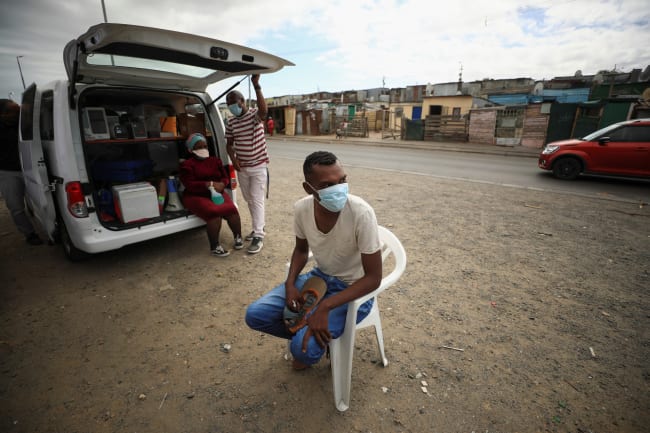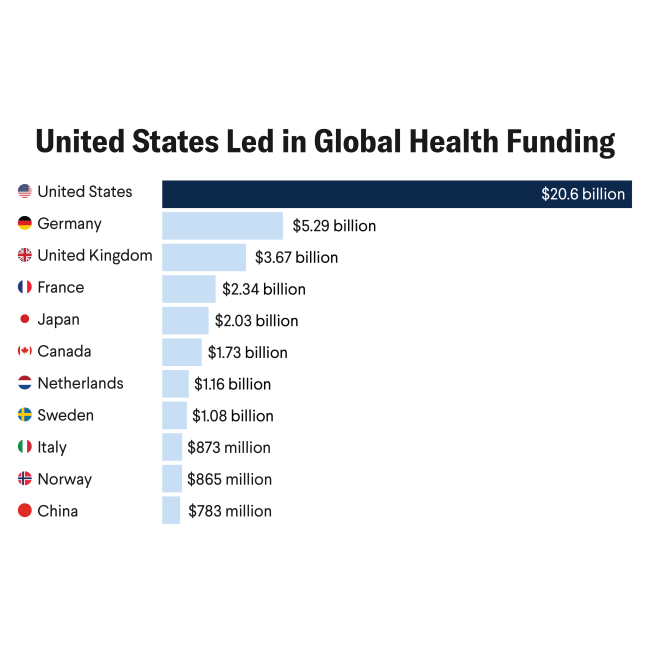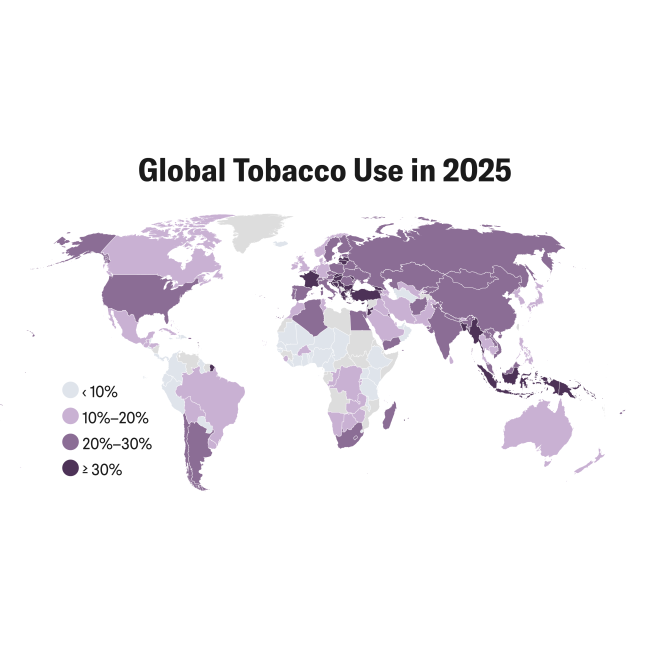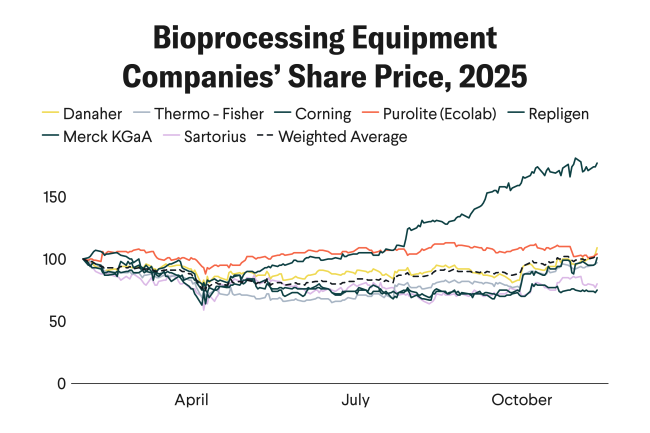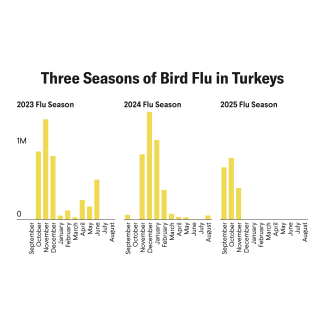Amid growing uncertainty over its support for multilateral agencies, the United States pleasantly surprised the global health community ahead of Thanksgiving by making a pledge of $4.6 billion to the Global Fund to Fight AIDS, Tuberculosis and Malaria during the financing organization's eighth replenishment summit. The Global Fund, which disburses health grants in low- and middle-income countries to battle the three diseases, secured $11 billion of its $18 billion replenishment goal for 2026–28.
The U.S. pledge maintains the country's position as the Global Fund's top donor and is a welcome signal for global health programs even as the United States and other major donors—including the United Kingdom and Germany—reduce their commitments over previous cycles.
Noting that the organization has "long advanced the key tenets of our approach," the State Department deemed the Global Fund to align with Trump administration's America First principles of efficiency, American innovation, and strengthened self-reliance of recipient countries. The $4.6 billion pledge signals a willingness from the United States to support multilateral efforts that align with certain criteria of the America First Global Health Strategy.
Making multiyear funding pledges comes with a degree of uncertainty, and whether the full sum will be disbursed depends in part on other donors increasing their contributions and the United States honoring its pledge without additional conditions. The United States could also withhold a portion of its contribution if, at any point, it feels a need for greater oversight and accountability in the Global Fund's operations, or if it appears that the Global Fund's work no longer aligns with the America First strategy.
Shifts in the Funding Landscape
Pledges to the Global Fund do not always result in actual contributions. For the seventh cycle (2023–25), the Biden administration pledged $6 billion but to date the United States has contributed only $3.12 billion despite congressional approval of the necessary appropriations in 2025.
To gauge whether the United States and other countries have historically kept to their commitments, one could compare the newest pledges with the average contributions deposited over the last three replenishment cycles (2017–19, 2020–22, and 2023–25). The United States contributed $4.8 billion on average over those three cycles, meaning the latest pledge from the Trump administration—$4.6 billion—is a slight 6% reduction from the country's recent giving.
Other top donors have taken steps back with their pledges, even as some have promised more than usual. Canada, Germany, and the United Kingdom have lower commitments relative to their typical contributions. The United Kingdom has maintained an average contribution of $1.46 billion over the last three replenishment cycles—its current pledge is $1.11 billion, a 24% reduction. Canada pledged $723.8 million versus a three-cycle average contribution of $796.3 million, a 9% drop. Germany has promised $1.15 billion, 4% less than its average contribution of $1.2 billion.
In contrast, Italy's pledge of $173.1 million is 5% higher than its three-cycle average of $164.7 million, and the Netherlands' vow of $169 million is on par with its average of $167.3 million.
Another notable pledge came from South Africa, cohost of the replenishment conference, whose $26 million nearly triples its three-cycle average for contributions. Taking place in Johannesburg, the summit was the first time the replenishment had been hosted in Africa. South African President Cyril Ramaphosa described the moment as highlighting the continent's dedication to "driving innovation and taking greater responsibility for our own health systems."
Although top donors France, Japan, Sweden, and the European Commission have yet to announce their pledges, an additional $2.46 billion must be offered by other donors for the United States to contribute its full committed amount without triggering the one-third cap, a rule limiting the United States from providing more than 33% of the total funds in a cycle.
America First and Country Self-Reliance
The new America First Global Health Strategy plans to structure aid around strengthened self-reliance among recipient countries.
In the days preceding the replenishment summit, a senior U.S. official emphasized this strategy at the Global Health Supply Chain Summit. They said, in a bid to establish a dynamic of an American-led African market, that the United States plans to position African countries as "customers who recognize value" rather than as aid recipients. The recent partnership between the Department of State, Gilead Sciences, and the Global Fund is a prime example. Gilead Sciences is an American company producing lenacapavir, a newly FDA-approved HIV prevention drug that, through this partnership, will be provided to countries experiencing the highest HIV burden.
During a November 17 briefing, the State Department clarified that doses will not be provided to South Africa and other countries with "significant means of their own to fund doses for their own population." Officials did not elaborate on what other countries would be discounted from receiving American-funded doses. During the summit, the United States also announced a $150 million investment in Zipline to support drone technology for delivering medical supplies in Africa.
The announcement marked the first contract to come under the new global health strategy. The investment aligns with the America First ideal of African health-care systems structured around and supported by U.S. businesses. The United States has outlined its goal, in partnership with the Global Fund, to ensure that recipient countries are integrating investments into their national health-care systems and becoming responsible for disbursing doses, rather than to run0 a parallel delivery system.
In line with these priorities, the Global Fund's procurement system will need to prioritize innovative private-sector health technology at a larger scale and ensure that companies generating innovations in health technologies are receiving incentives to stay in the market, rather than allow the market to be left largely for companies producing generic drugs.


